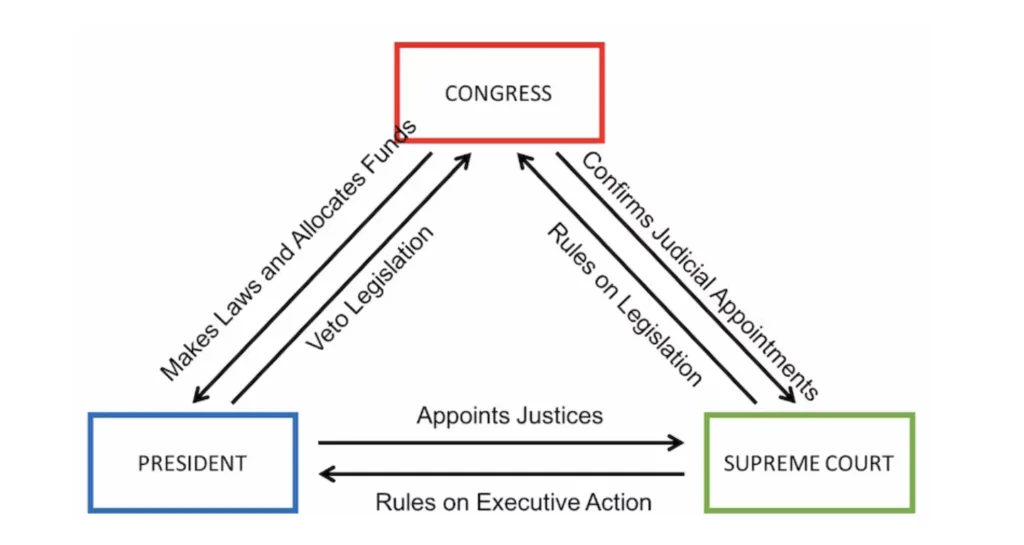Self-study of a barista in a coffee shop
There are quite a few different barista courses and schools out there

Self-study of a barista in a coffee shop
One of the main problems of the coffee business is frequent staff turnover. Earlier, we discussed the qualities of a barista that should be taken into account when hiring. In this article, we will consider how to train an employee with maximum results and minimum costs.
There are quite a few different barista courses and schools out there, but this is not the best option for the following reasons:
So, there are two possible training options:
Now let's briefly consider the first option and dwell on the second in more detail.
Creation of a training department
Large coffee shop chains usually have offices where personnel and organizational issues are resolved. In such an office, a place is allocated for the installation of a coffee machine and a coffee grinder for training new employees. After passing the interview, the employee studies in this room for several days under the guidance of a special barista trainer. Then, for some time, the new employee undergoes an internship at already operating outlets. If the internship is successful, then the applicant is finally hired.
In such coffee shops, high demands are placed on barista trainers, since the initial skills of all new baristas depend on their skills and ability to teach.
Self-study
If there is no training room and no dedicated barista trainer, then you will have to train employees yourself at existing locations.
Why shouldn't you delegate training to other employees in this case?
Preparation for training
Before starting the training process, you must develop and print at least two documents.
Work regulations
The employee's work regulations are a very useful document, and the more detailed they are, the better. The following information should be included in them:
- rights and obligations of the employee;
- steps to solve typical problems;
- a clear order of actions at the beginning and end of the shift.
The regulations will help the employee to get used to the job faster and not forget anything. And you will have the opportunity to express complaints about the work not “from the top of your head”.
Detailed instructions for preparing drinks
Usually the list of drinks in coffee shops is quite long, it is quite difficult to remember the order of preparation of each drink at once. Therefore, there will be nothing wrong if the barista starts preparing drinks "from a piece of paper".
In this case, it is desirable to make the instructions as clear and compact as possible.
The learning process
An internship of 3-5 days is usually enough to train an employee "from scratch", and the internship is usually unpaid. Therefore, the training process itself does not require additional financial investments.
Training should begin with a tour of the workplace, telling where the necessary raw materials and equipment are stored. Then you can move on to the basics of making coffee: setting up espresso, learning how to use a coffee machine and frothing milk. Since not many people can quickly learn how to froth milk, a method of adding detergent (liquid soap) to a pitcher with water works great. This liquid is very similar to milk when frothing. You can practice on it.
By the way, the features of milk frothing can be seen in the following video.
It is necessary to teach the new employee how to work with the cash register and convey the general principles of communication with customers.
Once the initial part of the training is completed, the employee can be allowed to prepare drinks for visitors, while supervising his actions.
The employee's behavior during downtime, when there are no customers, and the introductory information has already been provided, is very indicative. If an employee, instead of learning something new or doing something useful, immediately went to social networks or started exterminating monsters on the phone, such a barista should almost certainly be dismissed.
If on the first day of training you open and close the shift yourself, then starting from the second day you transfer this responsibility to the trainee. Gradually, more and more responsibilities are transferred. As soon as the employee begins to cope with everything independently, the internship can be completed. After the internship, constant monitoring of the employee's actions and correction of errors is necessary.
How to control the work of baristas is described in detail in a separate article. Theft by coffee shop staff is covered in another article.
The profession of a barista and the art of brewing coffee
A coffee maker, or barista, is a person who prepares espresso and espresso-based drinks. This profession is in demand, easy to master, and offers ample opportunities for self-improvement and career growth. The specialization is suitable for creative, sociable people who know how to communicate with clients and understand the intricacies of coffee making.
What's Your Reaction?





















